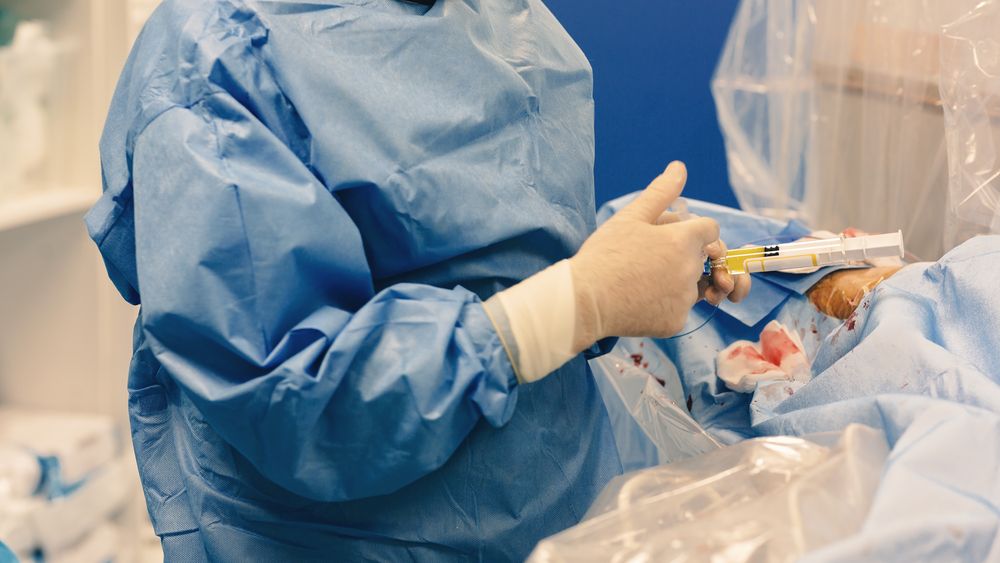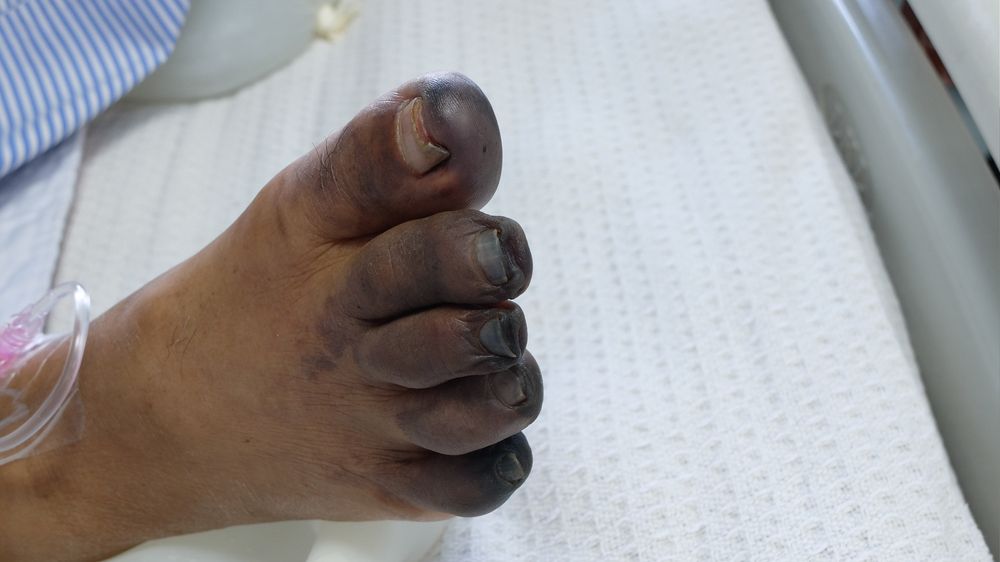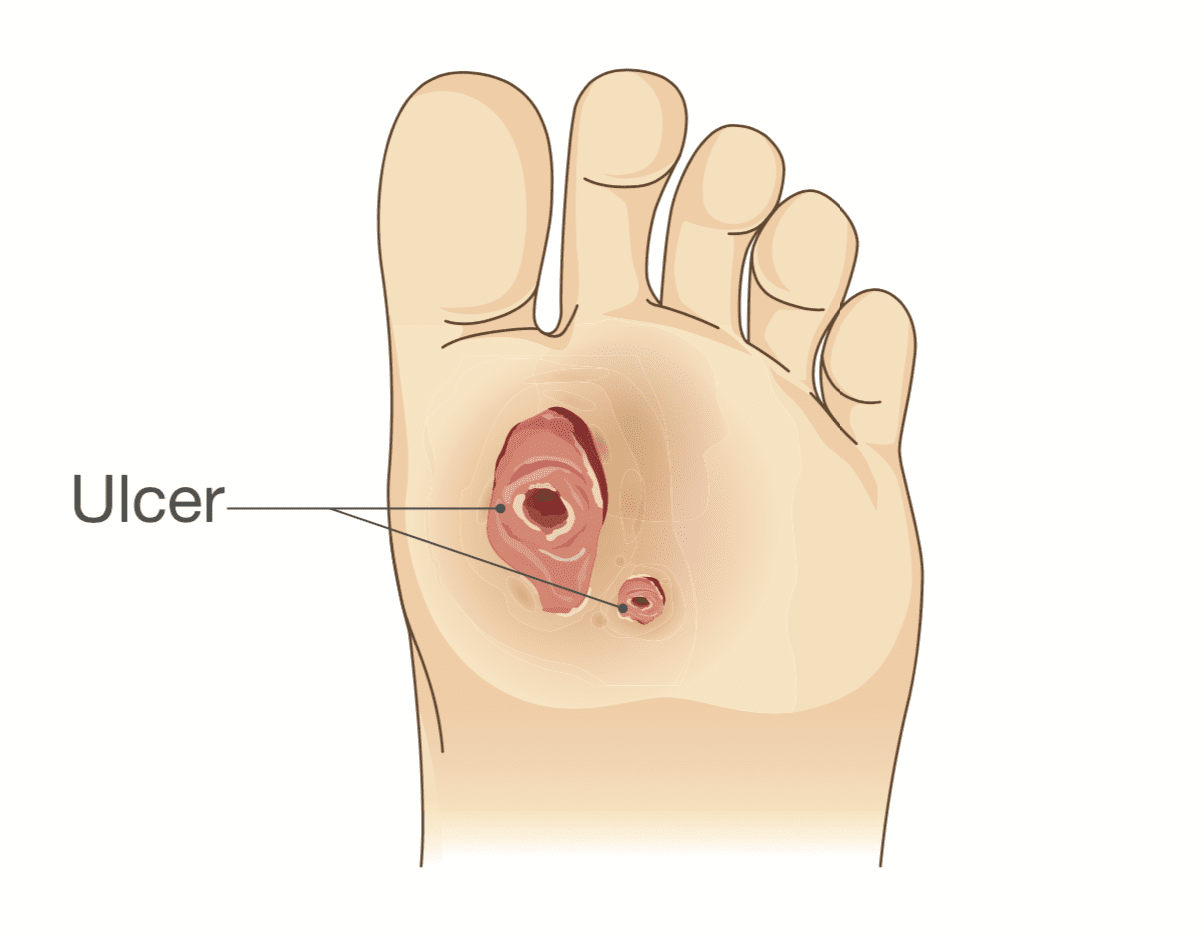Vascular and Vein Institute of the South
Vascular Surgery located in Germantown, TN & Memphis, TN
Many women have uterine fibroids, but not all fibroids cause problems. If you have uterine fibroids that cause pelvic pain or fullness, you may benefit from treatment. We perform uterine fibroid embolization (UFE), a nonsurgical fibroid treatment. We have locations in Germantown, Millington, Memphis, Oxford, Grenada, Senatobia, West Memphis, and Forrest City. Call 1-833-4FIBROIDS or book an appointment online today.
Uterine Fibroid Embolization Q & A
What is uterine fibroid embolization?
Uterine fibroid embolization (UFE) is a procedure that blocks the blood supply to uterine fibroids, causing them to shrink. Uterine fibroids are a common gynecological condition that affects women during their childbearing years.
These fibroids vary in size and number and can go unnoticed. However, some women have fibroids that cause pelvic pain or heavy periods. They can even affect fertility or pregnancy.
Treatment for uterine fibroids vary, ranging from conservative care to surgery. Uterine fibroid embolization is a nonsurgical, minimally invasive treatment option for women with fibroids.
Am I a candidate for uterine fibroid embolization?
We determine if you’re a candidate for uterine fibroid embolization after a consultation. We typically perform the procedure for women with fibroids that cause pain or other problems, such as:
- Pain during sex
- Enlarged uterus
- Anemia from heavy menstrual bleeding
- Fullness in the belly
- Constipation
- Frequent urination
- Back pain
Because it’s not known how UFE might affect a woman’s fertility, the we only recommend the procedure for women who have no future pregnancy plans.
What happens during uterine fibroid embolization?
We review the details of your uterine fibroid embolization at your consultation. We’ll administer a sedative through an intravenous (IV) line in your arm to help you relax during the procedure.
For UFE, your vascular surgeon injects a local anesthetic near your femoral artery in the groin and makes an incision. We insert a catheter into the artery and thread it toward the uterine artery, using contrast dye and X-ray imaging.
Once at the uterine artery, the surgeon injects an embolic agent into the arteries that supplies blood to your fibroids. The surgeon removes the catheter and closes the incision. The procedure takes about 90 minutes.
What can I expect during recovery from uterine fibroid embolization?
You may experience some aching and pain following uterine fibroid embolization. We recommend you limit activity during the first few days and avoid strenuous physical activity for a set period of time.
Recovery typically takes 5-10 days. Your fibroids shrink over time, and your symptoms resolve.
To find out more about uterine fibroid embolization and how it may benefit you, call us today at 1-833-4FIBROIDS or schedule an appointment online.





